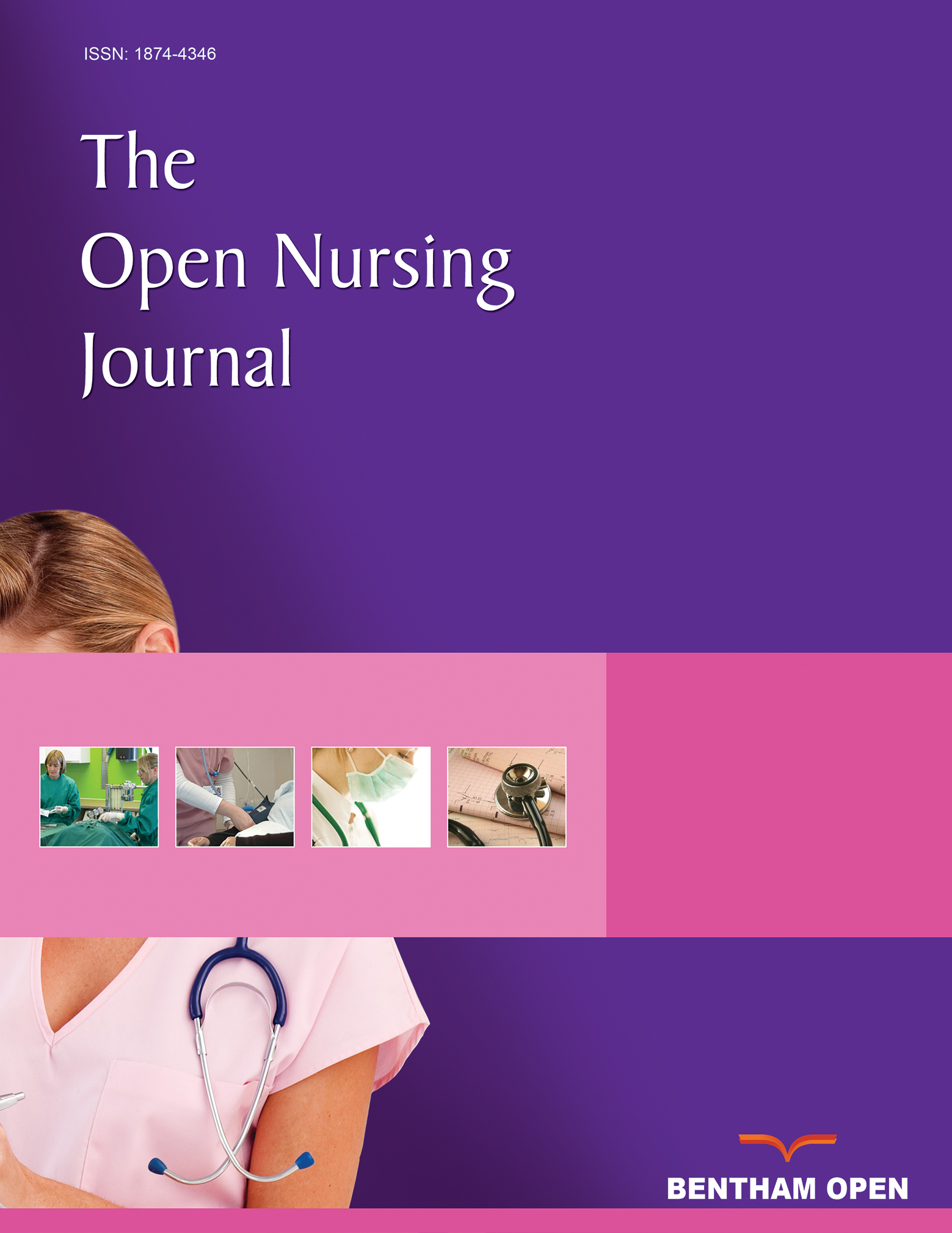All published articles of this journal are available on ScienceDirect.
Hand Disinfectant Practice: The Impact of an Education Intervention
Abstract
The primary hypothesis of this study was that a lecture on basic hygiene routines could be associated with an increase in the use of disinfectant for hand hygiene. A secondary hypothesis was that the lecture could positively affect the staff’s knowledge of and attitudes toward basic hygiene routines.
A quasi-experimental design including one ward of the department of orthopedics in a Swedish university hospital was adopted.
During the pre-intervention test period the consumption of hand disinfectant was measured for 30 days and a questionnaire was distributed to all staff. The hospital hygiene nurse subsequently provided a lecture on basic hygiene routines to all employees on the ward. During the post-intervention test period the hand disinfectant consumption was measured for another 30 days, and the questionnaire was distributed once again. A follow-up measurement was performed 9 months after the intervention.
After the lecture on hygiene routines, the consumption of hand disinfectant increased by 93%. Nine months after the intervention, the consumption was still 21% higher than before the intervention. The result of the questionnaire showed that the employees considered themselves applying the disinfectant more thoroughly after the intervention. Some employees changed their perspective on basic hygiene routines after the lecture and stopped using watches and private clothes at work.
Our findings suggest that a single education session, a hygiene lecture, could be a simple and cost-effective method to increase the use of hand disinfectant, thereby reducing the number of nosocomial infections on the wards.


